Nomenclature is a challenge when it comes to home technology. We struggle with terms that resonate with homeowners. From the “AV guy" to system integrators to custom installers to technology designers to low-voltage contractors, the home technology industry seems to have an identity crisis, even though all those terms mean essentially the same thing to an insider. The same goes for the terms that we use to define rooms in the home, which brings us to the topic du jour: What is the difference between a media room and a home theater?
Most homeowners do not know or even care about the difference.
You will hear them referring to their dedicated home theater space as a media room and vice versa. For architects, interior designers, builders, lighting designers, and other contractors, however, these distinctions can be important in defining your vision and communicating with each other. In other words, it’s good to know the difference between the two.
This article will clearly answer the question of what the difference between a media room and home theater is and includes two photo slideshows with great examples of each.
Thoughts Behind a Home Theater
The Home Technology Association (HTA) defines a home theater as a space that is optimized for a theatrical experience. This means a controlled environment that foments the best entertainment experience possible. Other terms for a "home theater" are "home cinema" and "private home theater". What is so unique about a dedicated home theater space? You need the ability to control (or completely eliminate) ambient light, for one. Many home theaters are designed without windows or have blackout shades to eradicate outside light sources. The absence of unwanted light creates a better onscreen image.
Because you have the ability to completely control your environment in a dedicated theater space, you have more options when it comes to image size. Larger screens and video projectors are available to you because they perform well in light-controlled environments, and because homeowners are more apt to allow a large portion of their wall space to be taken up by a projection screen if it isn’t a multi-use space.
Home theaters are usually acoustically-treated for sound control. Home theaters are designed to optimize sound quality inside the theater (and keep it from leaking out), while also keeping outside noise at bay. This means special sound isolation design, acoustic treatments, and special construction techniques (in practice it is like building a room within a room). Because the room is optimized for sound quality, surround sound is more palatable with speakers hidden behind acoustic treatments or displayed loud and proud without getting in the way of the room’s other functions. After all, you would not put seven floorstanding speakers and massive subwoofers in a great room/kitchen area. That is why dedicated home theaters exist! And the audio experience is one-of-a-kind and more immersive than can be obtained from a media room. The following home theater installations are from HTA Certified home technology designers:


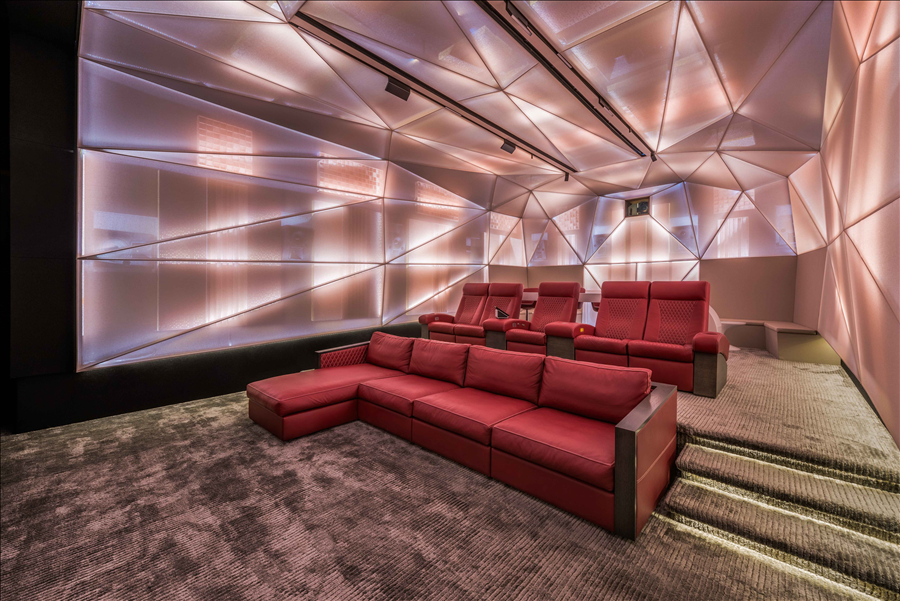


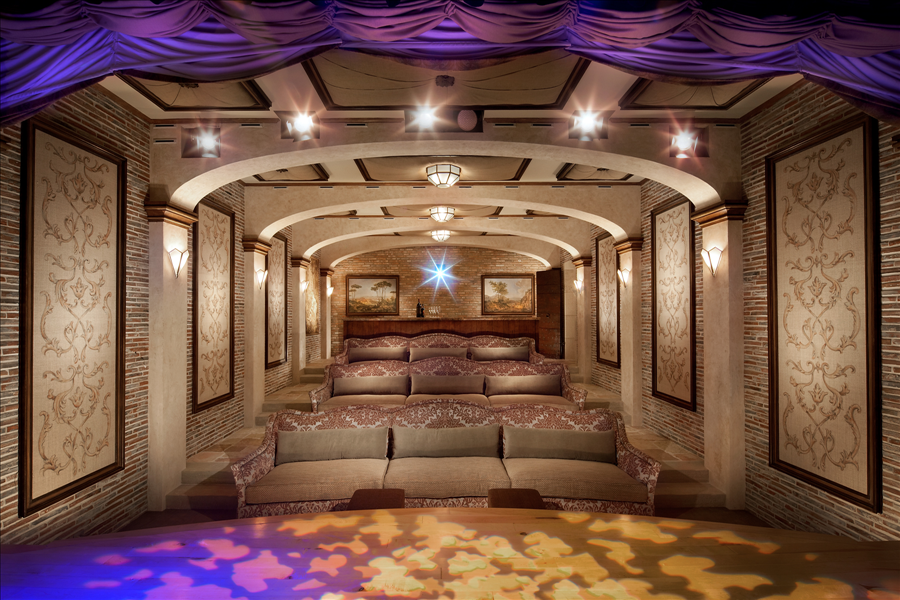
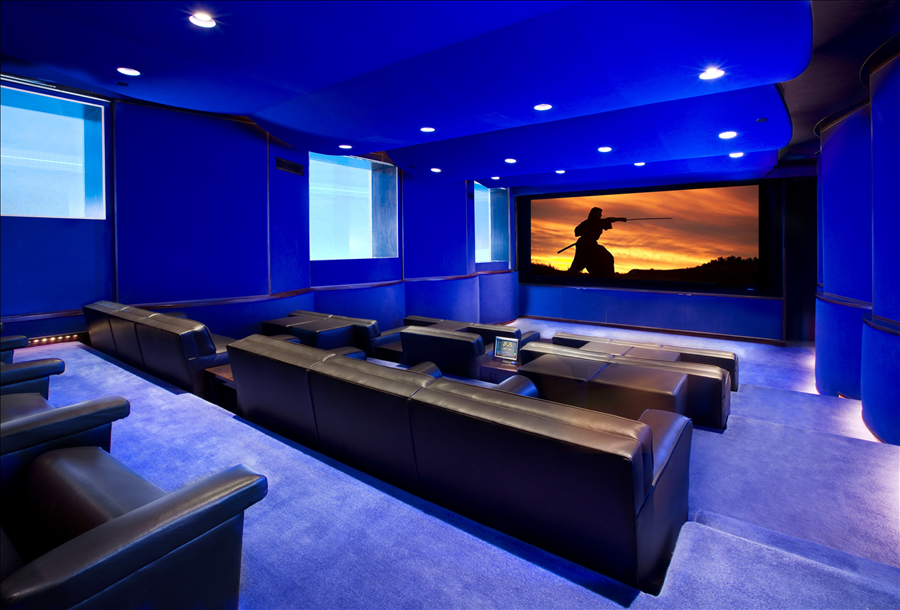

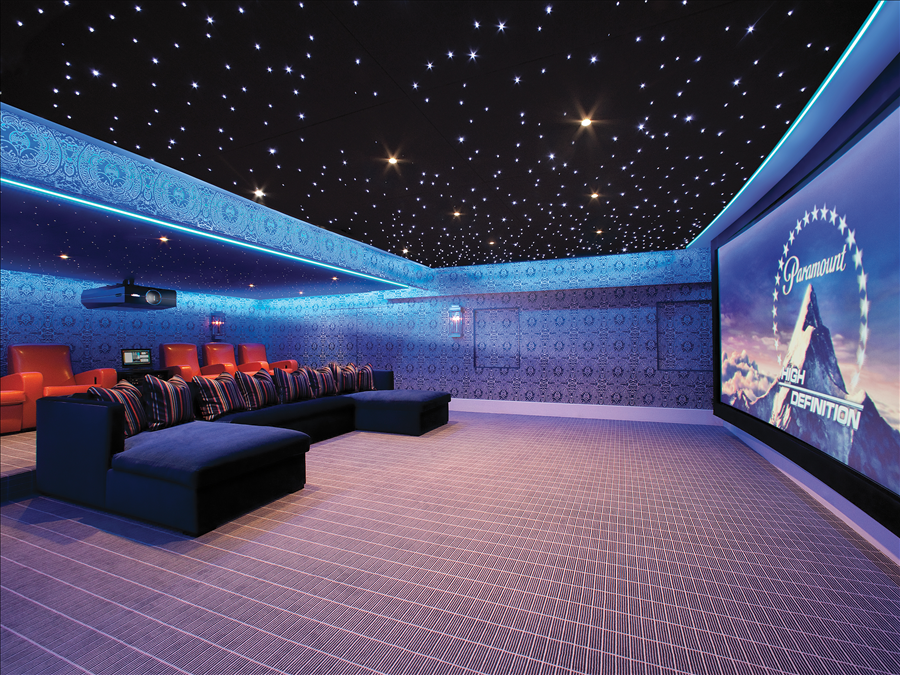
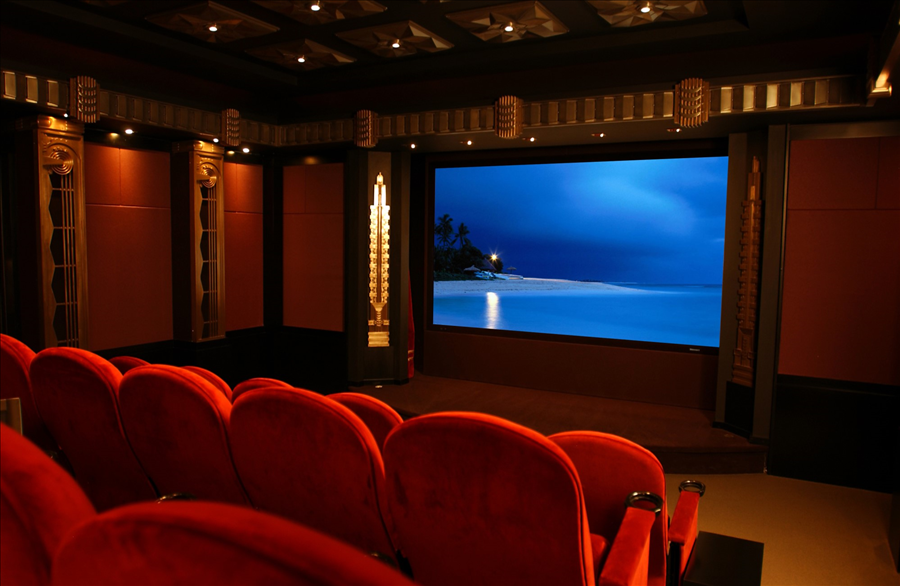
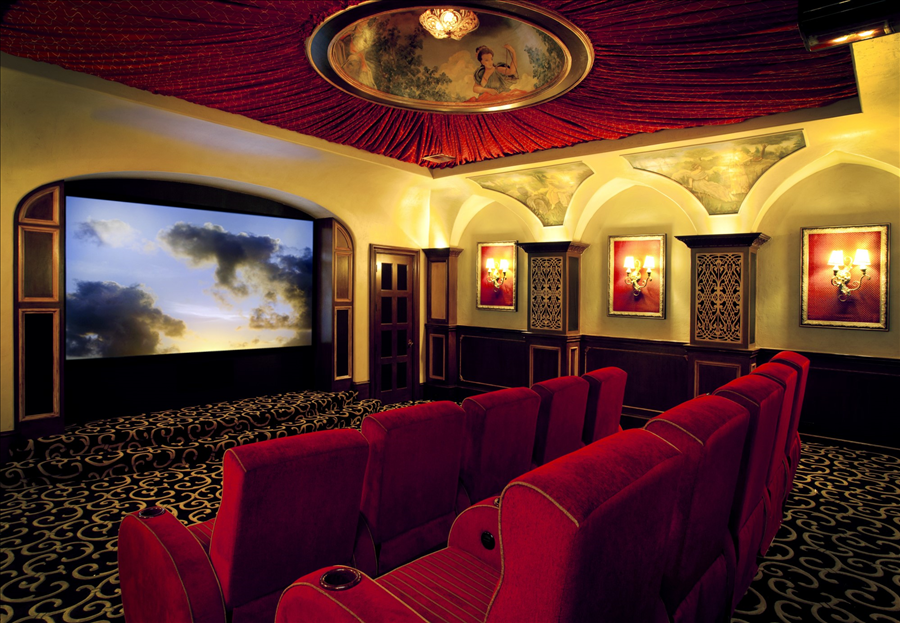
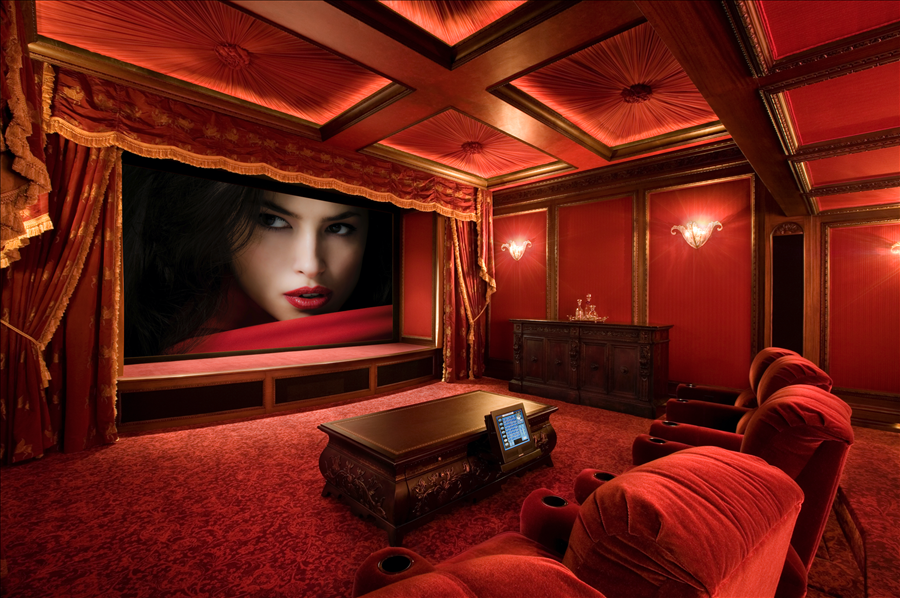
Seating is also optimized for viewing. Theater seats are designed to be comfortable for long periods of time, like a binge-watching session or movie marathon. They are oftentimes built on risers to provide ideal viewing angles and unobstructed views from any seat in the room. Equipment is either displayed front and center in a home theater, or relegated to an equipment room or rack elsewhere in the home.
For all these reasons, a home theater is often retrofitted in an enclosed ‘bonus’-type space, such as a basement, a garage, or a spare bedroom, or designed into a floorplan in a home's early design stage. The end result of a dedicated home theater space is an amazing, exacting experience designed purely for entertainment. For further reading on essential home theater ingredients, read the article 'Home Theater Design - 3 Essential Ingredients' by clicking here.
Makings of a Media Room
What the home technology professional traditionally calls a media room is not necessarily optimized for the ultimate audio video experience, though it can be to an extent. Here, ambient light is less of a concern. Windows are welcomed and therefore you will not find as many separate video projector / projection screen systems in a media room. However, most technology designers have automated shades in their repertoires and projector/screen technology has advanced to the point where a two-piece projection system can accommodate ambient light much better than they have in the past. In these cases, it is recommended (and most clients demand) a motorized projection screen that stays out of the way when not in use. More traditionally, flat-panel TVs are the stuff media rooms are made of. A good technology designer will be able to hide the TV when not in use through motorized art, mirrors, lifts, cabinetry, and other creative solutions, such as using the video display as a digital art display when not being used to watch video (see article on Digital Art by clicking here)
You typically will not find acoustic treatments or sound isolation in a media room, though these days there are some very beautiful acoustic treatments that can hang like artwork in any space. In the media room, audio systems are usually smaller surround systems (think bookshelf, wireless, or in-wall / in-ceiling architectural speakers) or soundbars that go under the TV and can project the illusion of surround sound to a certain degree.
In the media room, regimented theater seating gives way to relaxed seating arrangements that are friendly for multiple uses such as entertaining guests, relaxing with family, or watching a football game.
For all these reasons, media rooms are often multipurpose and are more adaptable and can therefore be installed in virtually any space-whether it’s the living area, a great room, a game room, or an open floor plan of some sort. The following media room installations are from HTA Certified home technology designers:
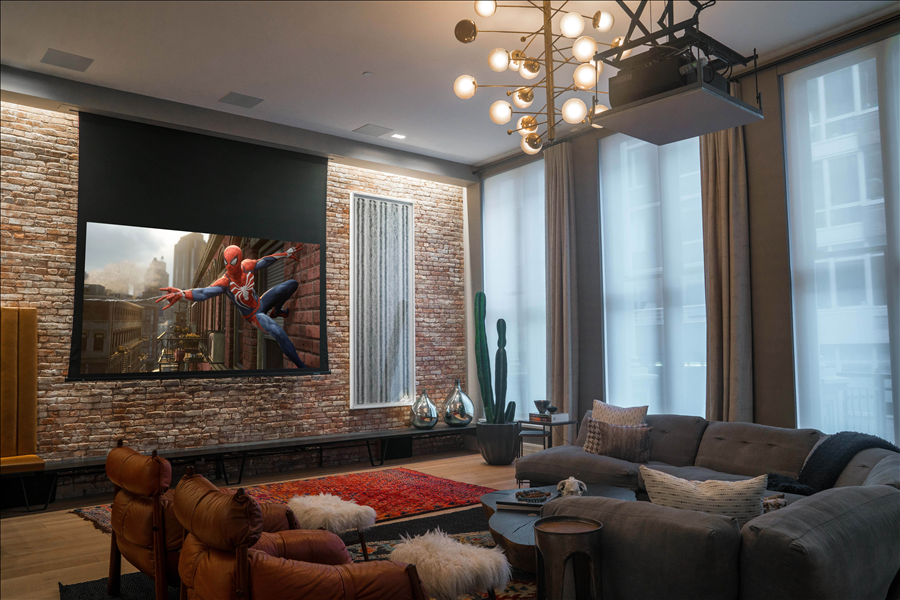

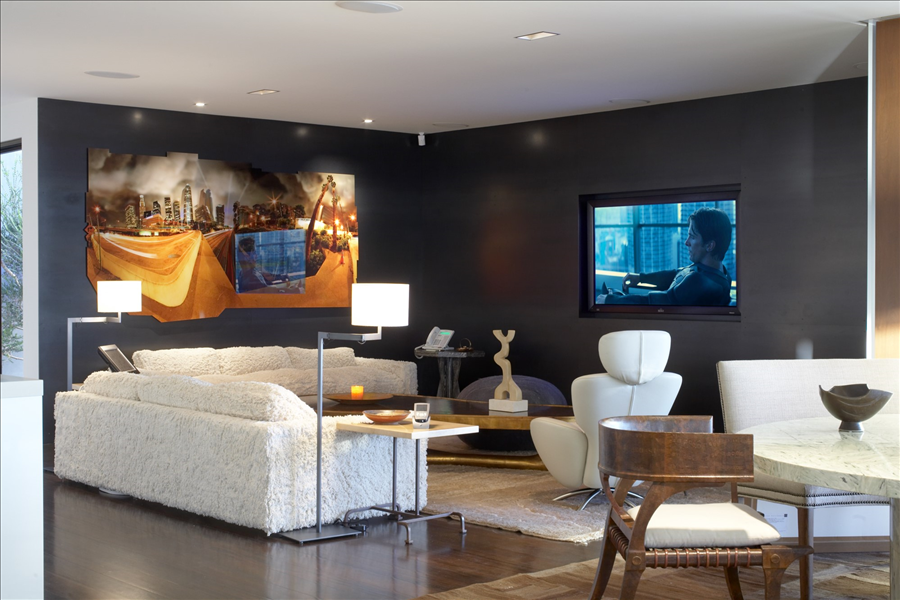

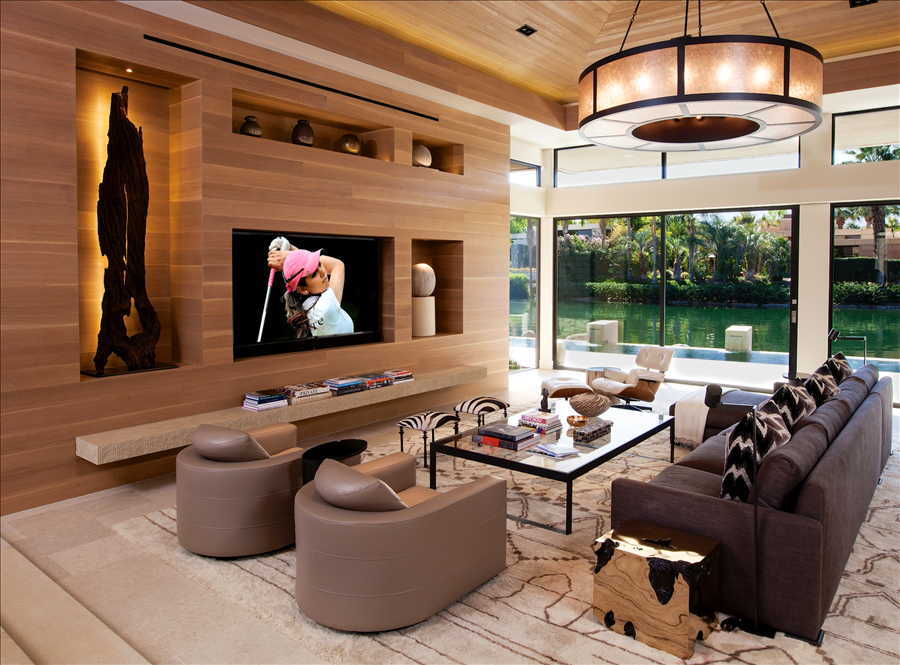
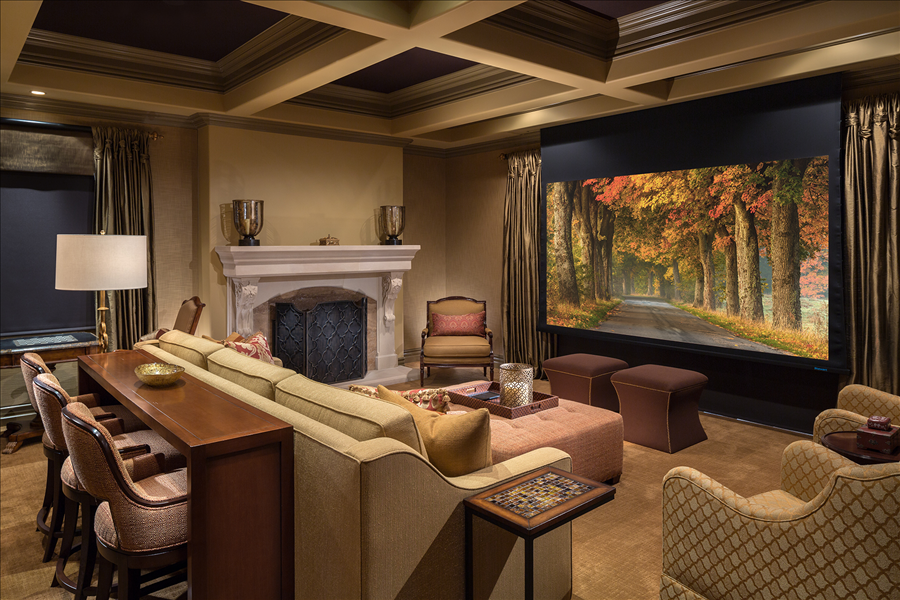
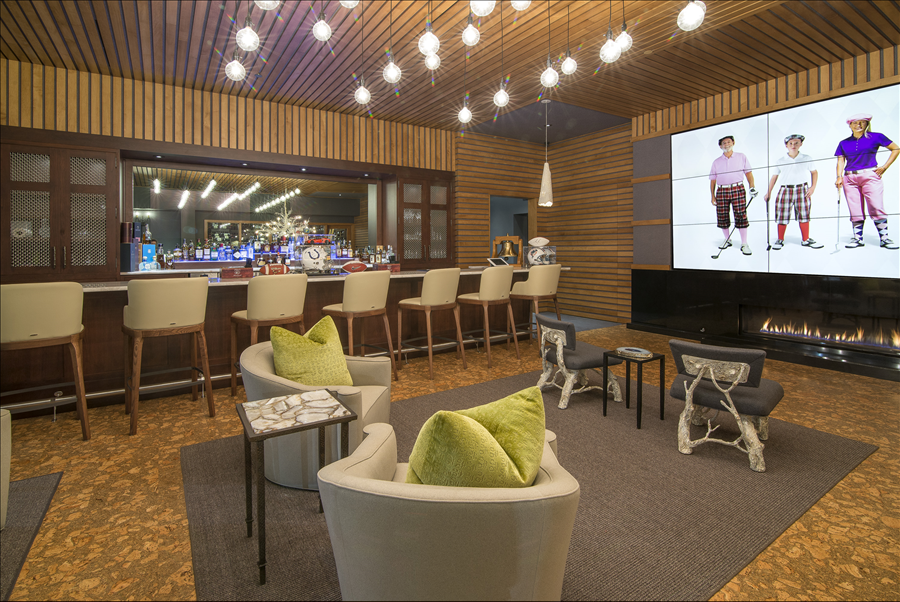
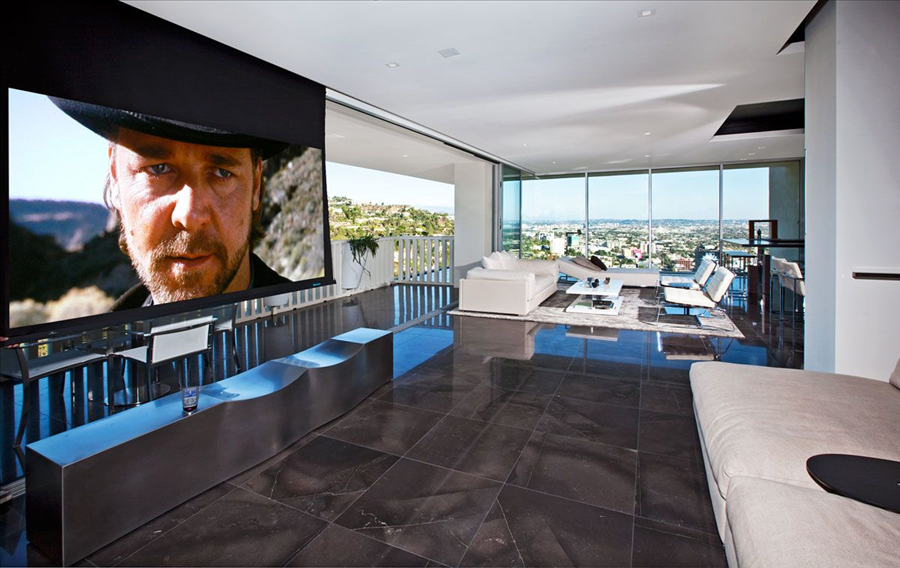

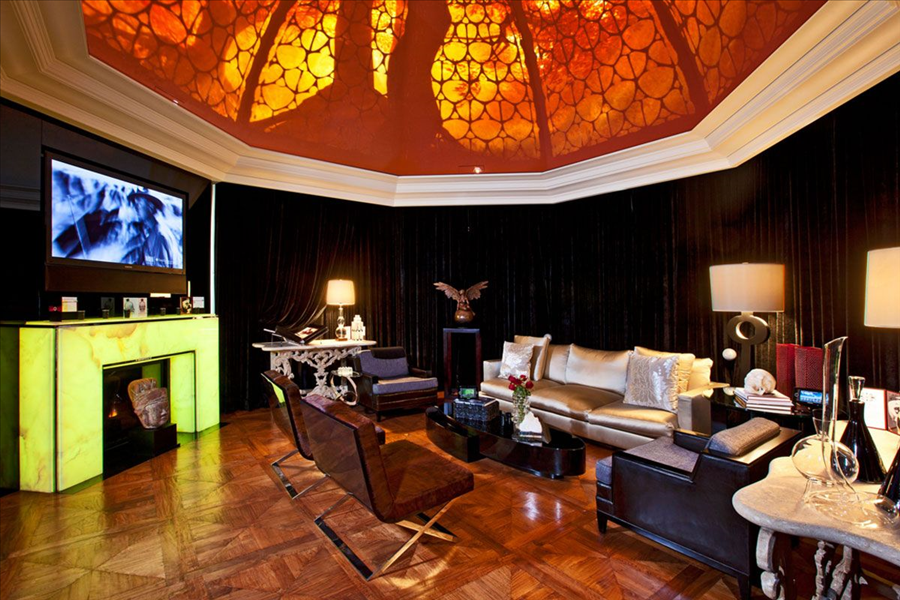

When you are embarking on your next media room or home theater project and are looking for the right home technology partner, hire HTA Certified technology designers. The Home Technology Association is a third-party unbiased and rigorous certification process that evaluates a home technology installation firm's capabilities to dramatically improve the odds of success. Through an extensive assessment process, the Home Technology Association identifies and classifies the best home technology companies while weeding out unqualified firms. Find an HTA Certified technology designer in your area by clicking here.






























